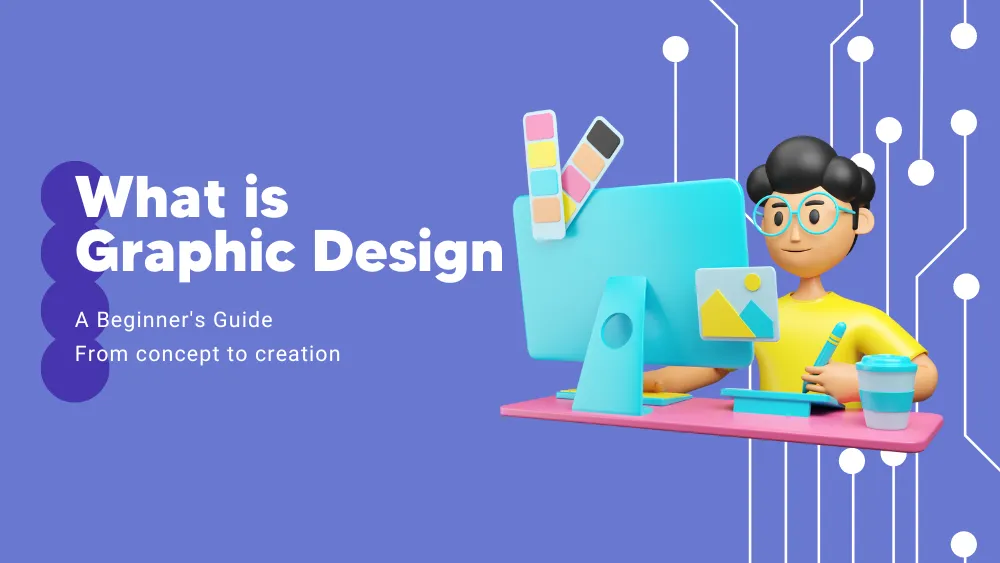
Best Architecture Software
What is Architecture Software?
Architecture software has emerged as an indispensable tool in the design and construction industry, playing a vital role in transforming how architects, designers, and engineers bring their visions to life. With the help of digital mediums, architecture software facilitates seamless communication, enhances collaboration, and ensures precision in every detail. From drafting and modeling to simulation and analysis, architecture software has revolutionized the entire design and construction process.
Gone are the days of manual calculations and paper-bound limitations, as architecture software has allowed architects to explore a wide range of design possibilities easily. With 3D and 4D design capabilities, architects can create and visualize live simulations of buildings, allowing them to make informed decisions about design, construction, and project management.
Moreover, architecture software has enabled the detection and resolution of issues early in the design process, reducing the risk of costly errors and delays. It also allows for better collaboration between architects, engineers, and contractors, enabling them to work seamlessly and efficiently.
Compare Architecture Software
Key Features: The Heart of Architecture Software
Rendering Realism – Architecture software empowers architects to create stunning 2D and 3D renderings, allowing clients to visualize their dreams. Even without augmented reality, these tools provide a realistic glimpse into the future, making the abstract tangible.
Efficient Drafting and Calculation – Drafting capabilities coupled with architecture calculators automate the resource and financial counting process. Architects can seamlessly transition from 2D to 3D, ensuring precision in every aspect of their design.
Centralized Database and Document Management – Robust architecture software features databases that store materials, costs, and designs. Document management capabilities streamline communication, standardizing drafts and plans. Integration with business content management solutions ensures seamless file compatibility.
Overcoming Challenges: Embracing Technological Evolution
While the benefits of architecture software are undeniable, challenges loom on the horizon. The industry faces resistance from traditionalists who cling to hand-drawn sketches. Moreover, the learning curve associated with these digital platforms poses a significant hurdle. Addressing these challenges necessitates a delicate balance between preserving the creative process and embracing technological evolution.
Expanding Horizons: Trends Shaping the Future
Automation’s Creative Liberation – Continued automation liberates architects from mundane tasks, enabling them to focus on creativity, client relationships, and adherence to regulations. The more automation handles, the more architects can invest in their craft.
AR/VR Revolution – The intersection of architecture, engineering, and construction with AR/VR technology opens new avenues. These innovations transform construction site observation, enhance communication, and reduce project costs. VR synchronizes virtual environments with data points, while AR captures real-world layouts, enriching the design process.
Cloud and Mobile Advancements – Cloud and mobile technology grant architects the freedom to work onsite, ensuring real-time data access and sharing. Updates occur instantaneously, allowing accurate project progress tracking and seamless collaboration, regardless of location.
Architectural Software Redefined
Architecture software stands as the linchpin between creativity and efficiency. Its evolution continues to redefine the industry, fostering collaboration, enhancing visualization, and ensuring precision. While challenges persist, architects and designers must embrace the digital revolution, finding harmony between tradition and innovation. As AR/VR technologies expand and automation becomes integral, the future of architecture software promises a landscape where imagination knows no bounds and where every vision can become a reality.






















